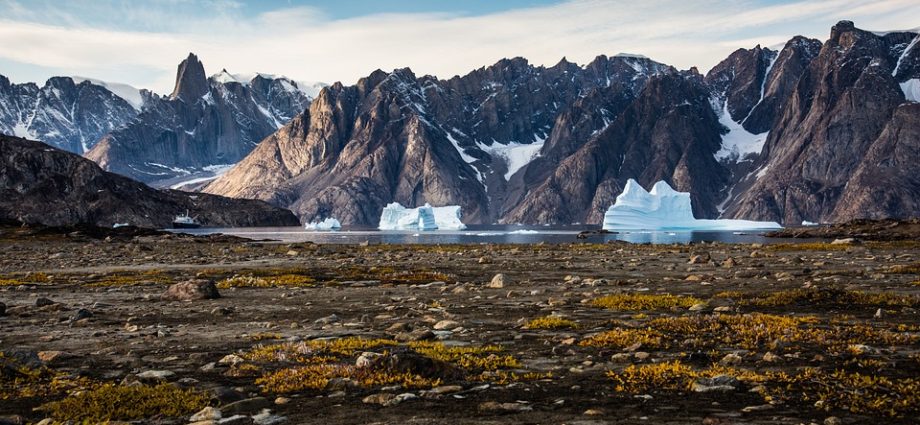How Denmark is Leading the Way in Sustainable Development
Denmark has long been known as a leader in sustainable development, with the country setting an example for the rest of the world in terms of green initiatives and renewable energy. From its use of wind power to its recycling programs, Denmark is showing the world that sustainable development is not only possible, but also profitable.
The Danish government has been actively pursuing sustainability since the 1970s, when it began investing in renewable energy sources such as wind, solar, and biomass. In recent years, Denmark has made even more strides in sustainable development, with the government setting ambitious goals to reduce greenhouse gas emissions, increase energy efficiency, and promote renewable energy sources.
One of the most impressive initiatives that Denmark has implemented is its ambitious goal to become completely fossil-fuel-free by 2050. This goal is made possible by the country’s commitment to renewable energy sources such as wind, solar, and biomass. In fact, the country is already well on its way to reaching this goal, with wind power accounting for more than 40 percent of its electricity production.
In addition to its commitment to renewable energy sources, Denmark is also leading the way in terms of energy efficiency. The country has implemented a number of policies to reduce energy consumption, including energy efficiency standards for buildings and appliances, as well as incentives for businesses to invest in energy efficient technologies.
Denmark is also a leader in the field of green transportation. The country has invested heavily in public transportation, making it easier and more affordable for citizens to get around. In addition, the country has implemented a number of policies to reduce emissions from cars and other vehicles, such as tax incentives for electric vehicles and the use of biofuels.
Finally, Denmark is also a leader in terms of waste management. The country has implemented a number of policies to reduce waste, including a ban on certain types of plastic bags and a nationwide recycling program.
Overall, Denmark is setting an example for the rest of the world in terms of sustainable development. The country’s commitment to renewable energy sources, energy efficiency, green transportation, and waste management are paving the way for a greener future.
FAQs
Q: What is Denmark doing to promote sustainable development?
A: Denmark has implemented a number of policies to promote sustainable development, including investing in renewable energy sources such as wind, solar, and biomass; setting ambitious goals to reduce greenhouse gas emissions; increasing energy efficiency; promoting green transportation; and investing in waste management.
Q: What is Denmark’s goal for becoming fossil-fuel-free?
A: Denmark has set a goal to become completely fossil-fuel-free by 2050. The country is already well on its way to reaching this goal, with wind power accounting for more than 40 percent of its electricity production.
Q: What policies has Denmark implemented to reduce energy consumption?
A: Denmark has implemented a number of policies to reduce energy consumption, including energy efficiency standards for buildings and appliances, as well as incentives for businesses to invest in energy efficient technologies.
Q: What is Denmark doing to reduce emissions from cars and other vehicles?
A: Denmark has implemented a number of policies to reduce emissions from cars and other vehicles, such as tax incentives for electric vehicles and the use of biofuels.
Q: What is Denmark doing to reduce waste?
A: Denmark has implemented a number of policies to reduce waste, including a ban on certain types of plastic bags and a nationwide recycling program.
Top 10 Tourist Attractions in Denmark
1. Tivoli Gardens: Located in Copenhagen, Tivoli Gardens is a world-famous amusement park that has been entertaining visitors since 1843.
2. Nyhavn: Nyhavn is a picturesque canal lined with colorful buildings in the heart of Copenhagen.
3. The Little Mermaid: Located in the harbor of Copenhagen, the Little Mermaid is a bronze statue of a mermaid, inspired by the fairytale of the same name.
4. Kronborg Castle: Located in Helsingør, Kronborg Castle is a UNESCO World Heritage Site and one of the most important Renaissance castles in Northern Europe.
5. Rosenborg Castle: Located in Copenhagen, Rosenborg Castle is a beautiful Renaissance castle and home to the Danish crown jewels.
6. Legoland: Located in Billund, Legoland is a popular theme park with over 50 attractions and rides.
7. Louisiana Museum of Modern Art: Located in Humlebæk, the Louisiana Museum of Modern Art is one of the most important modern art museums in Europe.
8. Jelling: Located in Jutland, Jelling is a Viking archaeological site with two runic stones and two burial mounds.
9. Aarhus: Located on the east coast of Jutland, Aarhus is the second largest city in Denmark and home to a vibrant cultural and nightlife scene.
10. The Viking Ship Museum: Located in Roskilde, the Viking Ship Museum is home to five Viking ships, making it one of the most important Viking sites in Europe.
